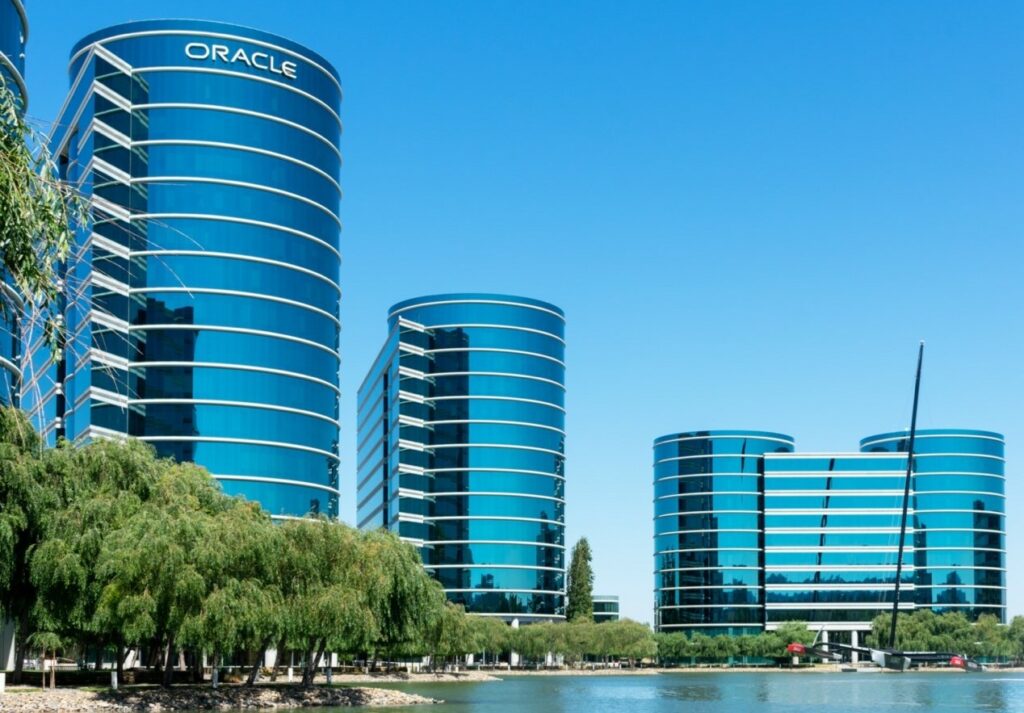Estimated reading time: 7 minutes
In the heart of San Francisco, a city famed for its booming tech industry and vibrant culture, a less visible yet increasingly pressing issue casts a long shadow: the twin challenges of homelessness and public disorder. These social problems, growing in scale and complexity, pose unique and significant threats to corporate security. This article offers a deep dive into how homelessness and public disorder reshape the corporate security landscape in San Francisco, exploring the multifaceted impacts, the evolving nature of risks, and the innovative strategies businesses are adopting to navigate this new reality. From the frontline experiences of corporate security teams to the boardroom strategies, we unravel the intricate web of challenges and solutions that define the current state of urban security in one of America’s most iconic cities.
Table of contents
- Understanding the Current Situation in San Francisco
- Risk Assessment and Security Planning
- Collaboration with Local Authorities and Communities
- Physical Security Enhancements
- Employee Training and Support
- Legal Considerations and Compliance
- Technological Innovations in Security
- Continuous Monitoring and Adaptation
Understanding the Current Situation in San Francisco
The Rise of Homelessness and Public Disorder
San Francisco, known for its technological innovation and economic prosperity, faces a significant challenge with homelessness and public disorder. These social issues have escalated over recent years, impacting various sectors, including corporate security. Homelessness in the city is characterized by a lack of adequate housing and the prevalence of substance abuse and mental health issues. This situation has led to increased public disorder, manifesting in aggressive panhandling, vandalism, and other disruptive behaviors directly affecting businesses and their operations.
The Direct Impact on Corporate Security
Corporate entities in San Francisco are finding their security strategies tested by these escalating social issues. Homeless individuals around business premises can deter customers, disrupt business operations, and pose safety concerns for employees. Incidents of vandalism, theft, and property damage are rising, necessitating a reassessment of current security protocols. Furthermore, the unpredictable nature of these challenges requires corporate security teams to be more dynamic and responsive to safeguard their assets and personnel effectively.
Risk Assessment and Security Planning
Identifying Potential Threats and Vulnerabilities
Effective security planning begins with a comprehensive risk assessment. Corporations in San Francisco must evaluate their vulnerability to disruptions caused by homelessness and public disorder. This involves identifying potential threats, such as unauthorized access to buildings, damage to property, and safety risks to employees and clients. Understanding the nature and frequency of these incidents helps develop targeted security measures.
Strategic Security Planning
Corporations should develop strategic security plans tailored to their specific needs and environment upon identifying risks. This involves allocating resources effectively, implementing physical security measures like enhanced surveillance and access control, and establishing protocols for responding to incidents. Training staff to handle situations sensitively and professionally is also crucial. Security plans should be flexible and adaptable, allowing for rapid response to changing circumstances in the city.
Collaboration with Local Authorities and Communities
Engaging with Law Enforcement
Collaboration with local law enforcement is critical to corporate security strategy in addressing homelessness and public disorder. Establishing a relationship with the police and other relevant authorities ensures a coordinated response to security incidents. Regular communication can provide corporations with essential insights into local trends and potential threats, aiding in developing effective security measures.
Community Outreach and Support Initiatives
Engaging in community outreach and support initiatives can significantly mitigate the impacts of homelessness on corporate security. By supporting local efforts to provide housing, mental health services, and substance abuse treatment, corporations can contribute to addressing the root causes of homelessness. This benefits the community and can reduce the occurrence of security incidents related to homelessness around corporate premises.
Physical Security Enhancements
Upgrading Surveillance and Access Control Systems
Investing in advanced surveillance and access control systems is essential for corporations in San Francisco. High-quality cameras and monitoring systems enable security teams to oversee premises and respond promptly to disturbances. Access control systems, including secure entry points and identification protocols, help prevent unauthorized access and ensure the safety of employees and assets.
Implementing Physical Barriers and Environmental Design
Physical barriers, such as fencing and reinforced entryways, can deter trespassing and vandalism. Additionally, corporations should consider environmental design principles in their security strategy. This includes maintaining clear sightlines, ensuring adequate lighting, and minimizing areas where individuals can loiter undetected. Such measures enhance security and create a safer and more welcoming environment for employees and clients.
Employee Training and Support

Developing Response Protocols for Staff
Training employees on how to respond to incidents related to homelessness and public disorder is crucial. Staff should have the knowledge and skills to handle such situations safely and empathetically. This includes training on de-escalation techniques, recognizing signs of distress or substance abuse, and understanding when to involve security personnel or law enforcement.
Ensuring Employee Well-being and Safety
The well-being and safety of employees should be a top priority. Corporations must establish support systems for staff affected by homelessness or public disorder encounters. This includes access to counseling services, clear incident reporting mechanisms, and ensuring employees feel safe and supported in their work environment.
Legal Considerations and Compliance
Navigating Legal Implications
Corporations must navigate the legal implications of security measures in response to homelessness and public disorder. This includes compliance with local laws and regulations regarding treating homeless individuals and using security technologies. Legal counsel should be consulted to ensure that all actions are lawful and respectful of individual rights.
Balancing Security with Ethical Considerations
Balancing security needs with ethical considerations is vital. Corporations should strive to implement security measures that are effective yet respectful of the dignity and rights of homeless individuals. This involves avoiding overly aggressive tactics and ensuring that security practices do not unfairly target or criminalize homelessness.
Technological Innovations in Security
Leveraging Advanced Security Technologies
Corporations should explore advanced technologies such as AI-driven surveillance, biometric access systems, and predictive analytics to avoid security challenges. These technologies can provide real-time insights, improve response times, and enhance security efficiency. However, it is crucial to ensure their use complies with privacy laws and ethical standards.
Integrating Cybersecurity Measures
As corporate security increasingly intersects with technology, cybersecurity becomes integral to the overall strategy. Protecting digital assets and infrastructure from cyber threats is essential, primarily as businesses rely more on technology. This includes securing networks, safeguarding data, and training employees on cybersecurity best practices.
Continuous Monitoring and Adaptation
Regularly Assessing Security Effectiveness
Continuously monitoring and assessing the effectiveness of security measures is vital to maintaining a robust security posture. This involves regular audits, reviewing incident reports, and gathering feedback from employees and security personnel. Adjustments should be made to address new challenges and ensure ongoing effectiveness.
Adapting to Changing Circumstances
The dynamic nature of homelessness and public disorder in San Francisco requires corporations to be adaptable in their security approaches. Staying informed about local developments, trends, and policy changes is crucial for adjusting security strategies. Corporations must adapt their security measures proactively to ensure they effectively address current and emerging challenges.
In conclusion, the challenges of homelessness and public disorder in San Francisco present a complex and evolving landscape that demands a multifaceted and adaptive approach from corporate entities. This article has demonstrated that addressing these issues extends beyond traditional security measures. It calls for a blend of strategic planning, collaboration with local authorities, community engagement, and leveraging technological advancements.
Corporations in San Francisco are not just confronting security challenges; they are at the forefront of pioneering comprehensive strategies that balance safety with social responsibility and ethical considerations. Integrating physical security enhancements, employee training, legal compliance, and continuous adaptation is key to safeguarding corporate assets and contributing to broader societal efforts to tackle these persistent issues.
As the city continues to evolve, so must the corporate security approaches. The lessons learned, and strategies developed in San Francisco can serve as a blueprint for other urban centers grappling with similar issues. In addressing homelessness and public disorder, corporations can lead by example, demonstrating that security and social responsibility can go hand in hand, creating safer, more compassionate, inclusive communities.












